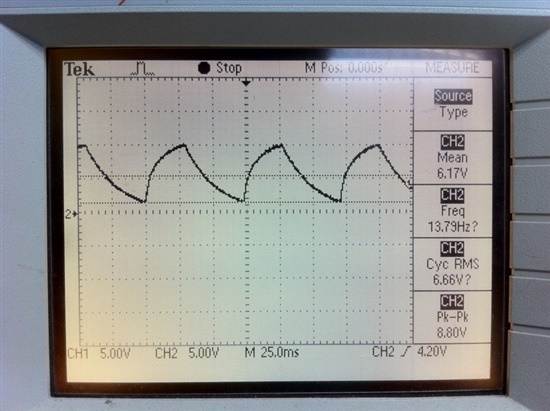I am working for a VoIP project, the design of the basic functions is close to be finished but I have not designed the PoE part yet. I have not much knowledge on the PoE and DC/DC power supply, as I am better on "software and digital things"....I found the TPS23754 may be good for my product and I can found an application guide "PoE Powered Device for 24Vac Building Power Applications" ( SLUA477 ) http://www.ti.com/lit/an/slua477/slua477.pdf . This application is good because it shows how to implement the PoE and an additional Aux Input, that is what I need. However, my product need a 24Vdc output, rather than the 12Vdc output in this guide. I know the transformer need to change to 24V secondary, but what else is needed?
Could you advise how to modify the circuit (or advise another circuit) so that I will have a 24Vdc output?
Thank you very much


